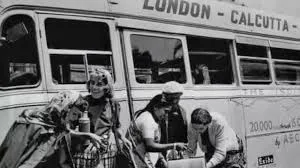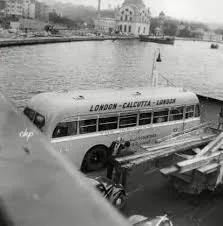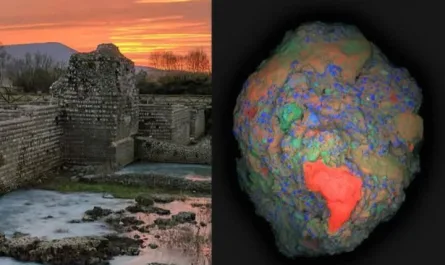In the mid-20th century, long before budget airlines and global travel apps reshaped the way we see the world, an extraordinary journey existed—one that stitched together continents with wheels, roads, and curiosity. The overland bus route from London to Calcutta (now Kolkata) was more than just a passage—it was a cultural corridor, a moving community, and a travel phenomenon that defined an era.

The Route and Reach
The journey spanned over 10,000 miles, connecting the heart of Britain to the soul of India. It traversed Western Europe, including stops in France, Italy, and Greece, before entering the Middle East through Turkey and Iran. From there, the bus would navigate the rugged terrain of Afghanistan and Pakistan, finally entering India en route to Calcutta. The entire trip took several weeks, offering passengers an immersive experience through drastically varied landscapes, languages, cuisines, and customs.

Traveling in Style and Spirit
Companies like Albert Tours elevated the experience with double-decker buses outfitted for comfort. Passengers could expect onboard meals, sleeping arrangements, and guided excursions at major stops. But luxury was only part of the allure—travelers shared stories, formed friendships, and confronted challenges together, including mechanical issues and shifting border protocols.
The riders themselves were a diverse crowd: students chasing perspective, artists searching for inspiration, and backpackers drawn to adventure. In many ways, these buses became traveling microcosms of international exchange, representing the spirit of discovery and resilience.

The Road’s Closure
Despite its popularity through the 1950s to 1970s, the route eventually succumbed to global tensions. Political instability in some regions made the journey unsafe and impractical. Conflicts, visa restrictions, and closed borders shut down this legendary connection, marking the end of a unique chapter in travel history.

Enduring Legacy
Though no longer operational, the London to Calcutta bus route lives on through archival photographs, travel memoirs, and the nostalgia of a time when overland exploration captured the imagination. It remains a symbol of what travel could be when time, curiosity, and human connection took precedence over speed and convenience.
As modern travelers look to rediscover meaningful journeys, the legacy of this route reminds us that sometimes the road itself is the destination.


